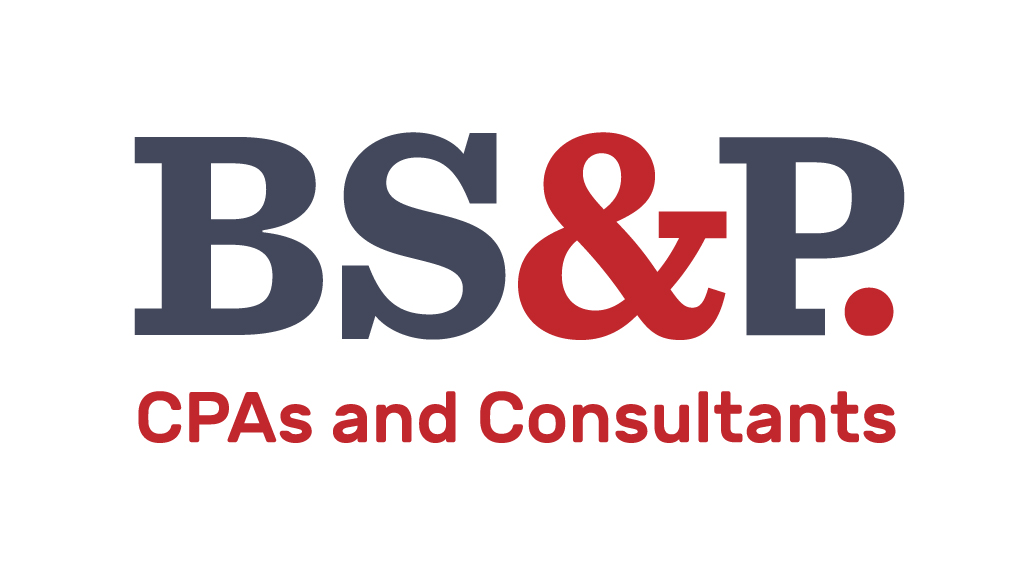
The current pathway to a CPA license has four requirements, a bachelor’s degree, passing the uniform CPA exam, obtaining a total of 150 college credit hours, and one year of full-time work experience. First, candidates must obtain a bachelor’s degree with 120 semester hours of college level education that meets the course requirements of their state board. This gives candidates the eligibility to sit for the uniform CPA exam. The uniform CPA exam is made up of four sections that must be taken separately, and within an established timeframe. Candidates must then obtain thirty additional college credit hours, or a total of 150 semester hours of college education. This requirement is usually fulfilled by continuing education for an additional year to earn a master’s degree. The last step to licensure is to work full-time for one year under the supervision of a licensed CPA. After meeting the education requirements, passing all four exams, and meeting the experience requirements, candidates may be licensed. Currently, there is only one state that offers an alternative path. Exam candidates in New York State may supplement 15 years of acceptable work experience under a licensed CPA, in lieu of both the education and one year of work experience requirements. Candidates opting for this path are still required to pass the uniform CPA exam to be licensed, however they are not required to work for one year after passing.
The proposed “Competency-Based Experience Pathway” provides an alternative to the requirement of 150 college credit hours. This pathway offers candidates the option to enter the workforce immediately following a bachelor’s degree, rather than spending another year in college. The new pathway is made up of two work experience requirements, Competency-Based Experience requirements, and General Experience requirements. Candidates can meet their Competency-Based requirements with 2,000 hours of work experience, or one year working full time. This is completed under a licensed CPA, who reports on, and evaluates their work experience by using a framework. The Competency Framework is made up of Professional and Technical requirements. Professional requirements are based on ethics, soft skills, and an understanding of business. Technical requirements are based on the three high level fields of Tax, Audit, and or financial reporting. After meeting the Competency requirements candidates must obtain 2,000 hours, or one year working full time, of general work experience under a licensed CPA. To clarify, this is the same “one year” of general work experience requirements in the current pathway to licensure. The new pathway replaces thirty additional college credit hours with one year of Competency-Based work experience, but still requires one year of general work experience. To summarize, the new pathway requires a combined 4,000 hours of work experience over two years, made up of general and Competency-Based experience, under a licensed CPA. Candidates who choose the new path are still required to obtain a bachelor’s degree and pass the uniform CPA exam to be licensed.
Should the proposed pathway become effective, Candidates would have the ability to choose a pathway to licensure. Ultimately, the decision comes down to choosing between two years of work experience, or one additional year in college and one year of work experience. The new pathway provides flexibility to candidates who do not want to stay in college for another year to meet the 150-credit hour requirement. However, when choosing a pathway, candidates should not overlook the CPA exam. The uniform CPA exam requires hundreds of hours of study time and historically shows pass rates of about 50%. The current path offers candidates more free time to study while in school for an additional year, because they are not yet working full-time. An advanced degree may also offer qualifications for future career progression. This comes at the costs of paying for another year of college, while forgoing a year of employment earnings. The new pathway does not require candidates to pay for an additional year of college. It also allows them to begin earning income and obtain work experience one year earlier. Candidates considering the new path should also consider the timeframe of the uniform CPA exam. All four sections of the CPA exam must be passed within 18 months from the date the candidate passed their first exam, if the exam was passed before January 1, 2024. The AICPA has since extended that window to 30 months for exam credits earned after January 1, 2024. Candidates risk losing their exam credits if they do not pass all four sections within those time periods. That risk is amplified for candidates who choose the new pathway because it may be more difficult to study while working full-time.
The AICPA and NASBA provided a comment period to send feedback through a formal questionnaire, which can be found on their website. The feedback period was open through December 6th, 2024. As of now, it is not known when the AICPA and NASBA will decide on making this pathway effective. Ultimately, the new path is a one-year timing difference to entering the workforce. The current path requires one additional year of college, followed by one year of general work experience. The new path allows candidates to enter the workforce immediately following their bachelor’s degree, but they need to work full time for two years before they can be licensed. Therefore, both paths to licensure still have two years of requirements after obtaining a bachelor’s degree. It is critical for candidates, educators, and employers alike to consider how this proposal will affect the next generation of CPAs.
Written by Jacob Coughlin, Staff Accountant
